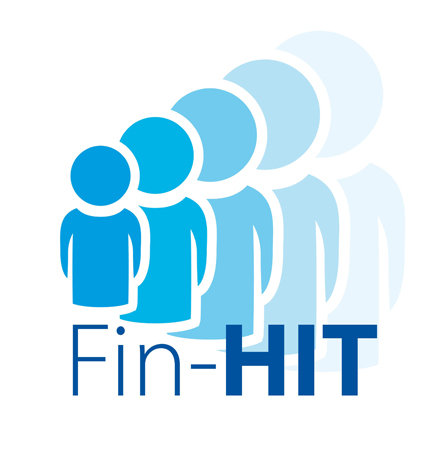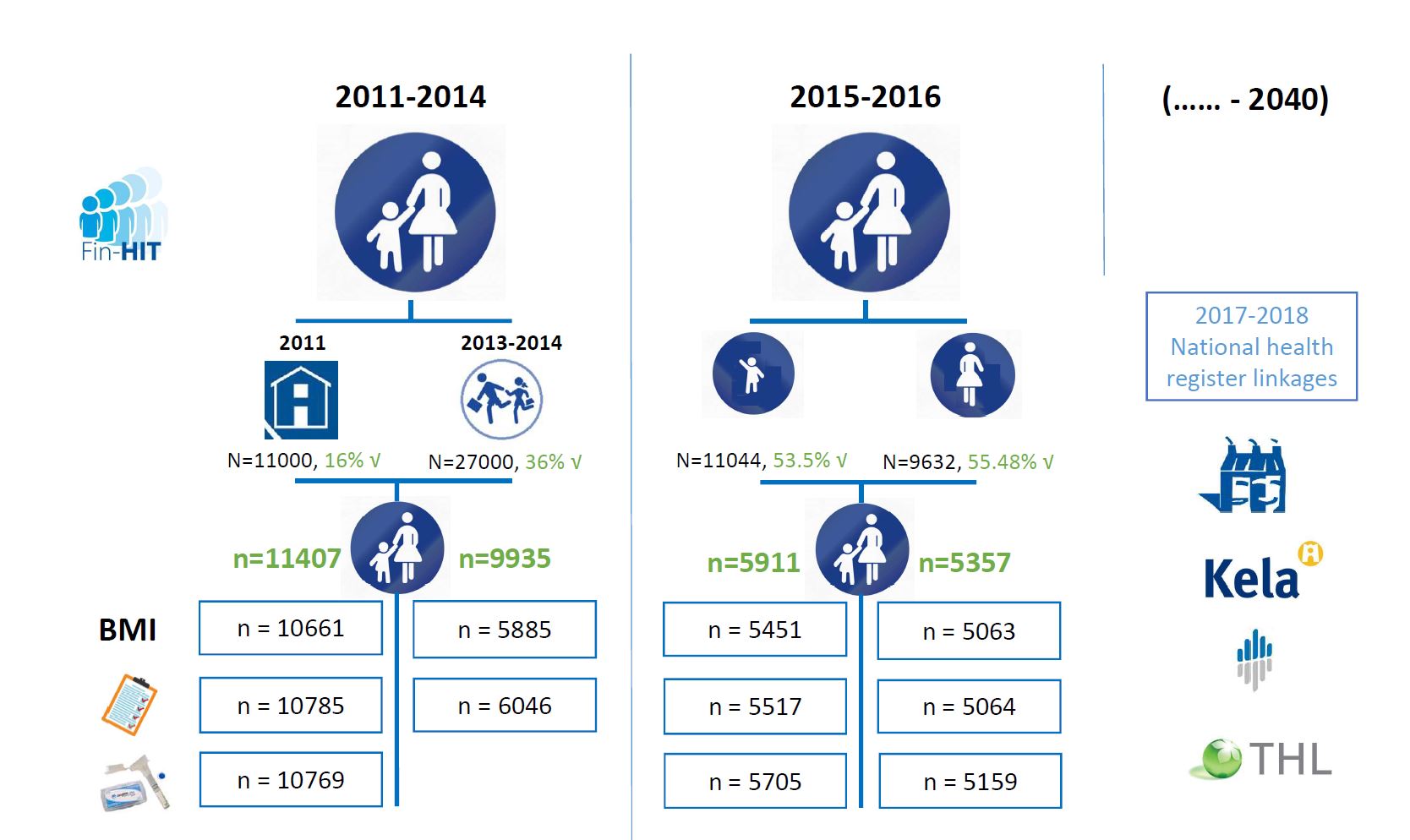Data
The collected data from baseline and the first follow up is described below.
| Child | Guardian |
|---|---|
| Baseline | Baseline |
| Self-reported questionnaire | Self-reported questionnaire |
| Diet, meal patterns, physical activity, parents’ attitudes to physical exercise, self-esteem, disordered eating symptoms, body image, puberty onset, emotional eating*, anxiety*, depression*, obsessive-compulsive disorder*, weight perception*, sleep patterns, screen time, TV programs watched*, parent child relationship, parenting practices, life events*, alone time during school days*, bullying*, children’s perception of alcohol consumption amongst adults in their social environment*. *only available for a subsample of approx. 1,400 adolescents |
Questions regarding the child: family structure, daycare, breastfeeding of the child, feeding and eating behavior in childhood, special diets, allergies and use of supplements. Questions regarding the guardian: socioeconomic status, marital status, illnesses diagnosed or treated, smoking, use of snuff, alcohol consumption, general health status, life events, depression, weight perception of self and child, disordered eating symptoms, dieting, resilience, sense of coherence, screen time, potential partner’s screen time, magazines read in the family. |
| Anthropometric measures | Self-reported anthropometric measures |
| Height, weight, waist. Partly self-reported and partly measured by fieldworkers. |
Height, weight, waist. |
| Saliva sample | |
| Oragene® DNA Self-Collection Kit. | |
| Active follow-up | Active follow-up |
| Self-reported questionnaire | Self-reported questionnaire |
| Dinner patterns, diet, self-esteem, physical activity in free time, screen time | Questions regarding the child: family structure. Questions regarding the guardian: illnesses diagnosed or treated, physical activity in free time, screen time. |
| Self-reported anthropometric measures | Self-reported anthropometric measures |
| Height, weight, waist. | Height, weight, waist. |
| Saliva sample | Saliva sample |
| Oragene® DNA Self-Collection Kit. | Oragene® DNA Self-Collection Kit |
Fin-HIT research database is linked with (register) data from national health registers:
Social Insurance Institution of Finland (Kela)
– Medical purchases with prescription during 1996/1998-2018 for children and their mothers
– Reimbursement data for the most common diseases in children
National Institute for Health and Welfare (THL)
– Medical Birth Register: pregnancy and delivery related data, birth size
– Care Register for Health Care (Hilmo): diagnoses for inpatients in public health care
– Register of Primary Health Care Visits (Avohilmo): diagnoses, oral health, recent height and weight for outpatients in public health care
The data collection and the cohort has been described in detail in the International Journal of Epidemiology. Below a flow chart of the study.
Data access and biobank
We welcome collaborative research partners. Please send requests to Principal Investigator Heli Viljakainen (email heli.viljakainen@helsinki.fi, phone +358 50 4485660).
Fin-HIT collaborates with THL Biobank. Currently, more than 3000 DNA samples with selected questionnaire data is deposited in the THL Biobank, and the number is expected to rise. The Fin-HIT sample collection is described here and the application process in THL Biobank here.
In addition, we store pseudonymised research datasets for the scientific audience in the European Genome-phenome Archive, EGA, with authorised access to facilitate collaboration with external partners interested in saliva microbiome. The saliva microbiota of almost 1000 children has been characterized, as described here.

